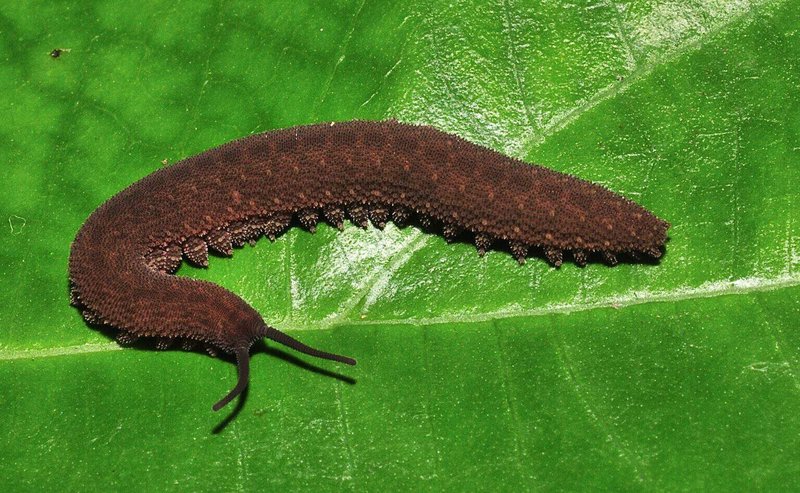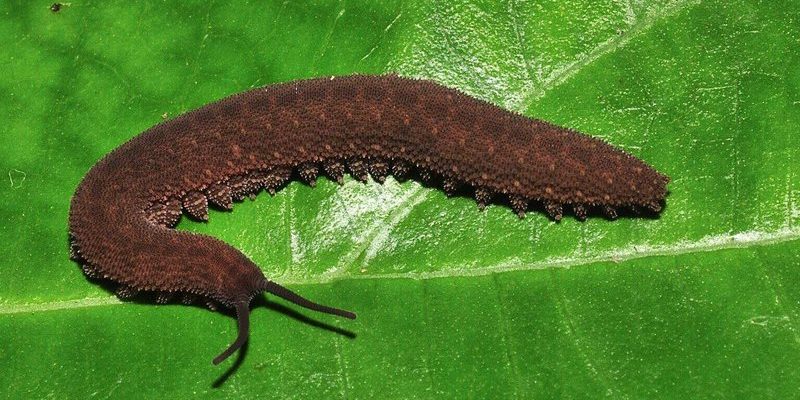
You might be wondering how something like a velvet worm can tell us about the past. Well, think of them as nature’s living fossils! By studying their behavior and hunting techniques, scientists can piece together the puzzle of how ancient predators operated. It’s like using a time machine, but instead of traveling back, we observe these creatures to understand a whole ecosystem’s history. Grab a coffee, and let’s dig into why velvet worms are so special!
What Are Velvet Worms?
Velvet worms, or *Onychophora*, are fascinating creatures often mistaken for insects or worms. They have a segmented body covered in a soft, velvety texture, which gives them their name. With about 200 species identified worldwide, these little guys thrive in humid, tropical environments like rainforests. What sets them apart from other invertebrates is their unique method of hunting, which provides a glimpse into ancient predation techniques.
These creatures are nocturnal, meaning they’re most active at night. This gives them a stealthy advantage in the dark, where they can ambush their prey. Velvet worms are not picky eaters. They feast on soft-bodied invertebrates like insects, snails, and even other similar-sized velvet worms. By examining how they catch their food, researchers can draw parallels to how ancient predators might have operated, creating a deeper understanding of the evolutionary tree.
You might also be interested to know that velvet worms have unique appendages, called lobopods. These aren’t just for show—they assist in movement and can even help them grip their prey. Picture a tiny octopus trying to snatch a fish; that’s how agile these little warriors can be!
The Hunting Techniques of Velvet Worms
The real magic happens when it comes to hunting. Velvet worms have a fascinating way of capturing their prey. They secrete a sticky slime that they can shoot up to several centimeters away. This slime ensnares unsuspecting insects, immobilizing them almost instantly. Think of it as nature’s own version of a superhero trap!
Once the prey is caught, the velvet worm moves in with its powerful jaws, injecting digestive enzymes to break down the meal outside its body. This external digestion allows them to consume prey larger than themselves, which is pretty impressive. By studying these techniques, scientists can uncover how ancient predators, like dinosaurs or other prehistoric animals, might have adapted similar strategies to survive.
Moreover, the slime’s composition provides clues to its evolutionary history. Some researchers are analyzing the slime’s proteins to understand how they evolved over time. Imagine being able to trace back a family tree—it’s like having a window into an evolutionary past where these “slime guns” were crucial for survival.
Why Study Velvet Worms?
So, why should we care about velvet worms? For starters, they represent an early stage in the evolutionary history of predation. Their primitive body structure and hunting techniques can give scientists clues about the development of more complex predatory behaviors. By studying these creatures, we can learn about the ecological roles they played in their environments, much like how we might study the role of wolves in managing deer populations.
Additionally, understanding velvet worms can shed light on broader themes in biology, such as adaptation and survival. Their unique features and hunting strategies can inspire biomimicry—design solutions based on nature. For example, if engineers can mimic the sticky slime for medical adhesives or construction, it could lead to breakthroughs in various fields.
The ecological insights gained from studying velvet worms may even help in conservation efforts. If we understand their role in the ecosystem, we can better protect their habitats, ensuring that these living fossils continue to thrive for generations to come.
Comparative Evolution: Velvet Worms and Other Predators
When we think about predators, images of lions, wolves, or even sharks come to mind. Yet, the evolutionary journey of velvet worms can help us understand the lay of the land, or rather, the tree of life. By comparing velvet worms to other ancient predators, we can see how predation strategies have evolved over time.
For instance, take a look at spiders, another group that employs silk for capturing prey. While spiders weave intricate webs, velvet worms rely on a quick spray of slime—both approaches result in the same goal but show different evolutionary paths. The differences highlight how varied predatory strategies can become based on environmental pressures and available resources.
The study of velvet worms can also lead to insights about the ecological dynamics of ancient ecosystems. By looking at their relationships with other organisms, we can form a clearer picture of what life might have been like in prehistoric times. It’s like reconstructing a world where these unique creatures roamed alongside early vertebrates, competing for survival.
The Future of Velvet Worm Research
As research on velvet worms continues to grow, so do the tools available for scientists. Genetic techniques and advanced imaging allow for deeper studies on their behavior and physiology. By analyzing the genetics of these creatures, researchers can explore not only their evolution but also their potential applications in medicine or technology.
Moreover, with the rise of climate change, understanding how these creatures adapt to their environments becomes even more crucial. Velvet worms can serve as a vital indicator species, helping us track changes in forest ecosystems. If researchers can monitor their health and population, it can signal shifts in the environment that could affect other wildlife.
In the future, we might also uncover more about their evolutionary relationships with other species, revealing hidden connections in the tree of life. Imagine discovering a long-lost cousin in the animal kingdom; it’s exhilarating just to think about the potential findings!
In the grand scheme of biology, velvet worms might be small, but their impact is huge. Studying these unique creatures opens the door to understanding ancient predation strategies and the evolution of hunting behaviors. The more we learn about them, the clearer the picture becomes of our planet’s biological history.
So, the next time you hear about velvet worms, remember they’re not just curious critters hiding in the shadows. They’re key players in the intricate web of life, helping us to unlock the mysteries of the past. Embrace the unseen, and perhaps you’ll find inspiration in these fascinating beings, just as scientists do!

